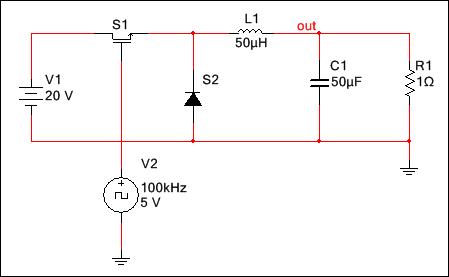

Compared to a normal transistor, a phototransistor has a larger base and collector width and is made using diffusion or ion implantation. The structure of the phototransistor is specifically optimized for photo applications. have the same basic radiation frequency response. In fact, all diodes, transistors, Darlington’s, TRIACs, etc. All silicon photosensors (phototransistors) respond to the entire visible radiation range as well as to infrared. These are activated by light particles and are used in virtually all electronic devices that depend on light in some way. This is because a phototransistor is made of a bipolar semiconductor and focuses on the energy that is passed through it. Instead of sending current into the base, the photons from striking light activate the transistor. Phototransistors are transistors with the base terminal exposed. Phototransistors work in a similar way to photoresistors commonly known as LDR (light dependent resistor) but are able to produce both current and voltage while photoresistors are only capable of producing current due to change in resistance. It is capable of converting light energy into electric energy. Providing a large amount of gain, low cost and these phototransistors might be used in numerous applications. These are operated by light rather than electric current. Phototransistors are used extensively to detect light pulses and convert them into digital electrical signals. When light falls on the junction, reverse current flows which are proportional to the luminance. A Phototransistor is an electronic switching and current amplification component which relies on exposure to light to operate.


 0 kommentar(er)
0 kommentar(er)
